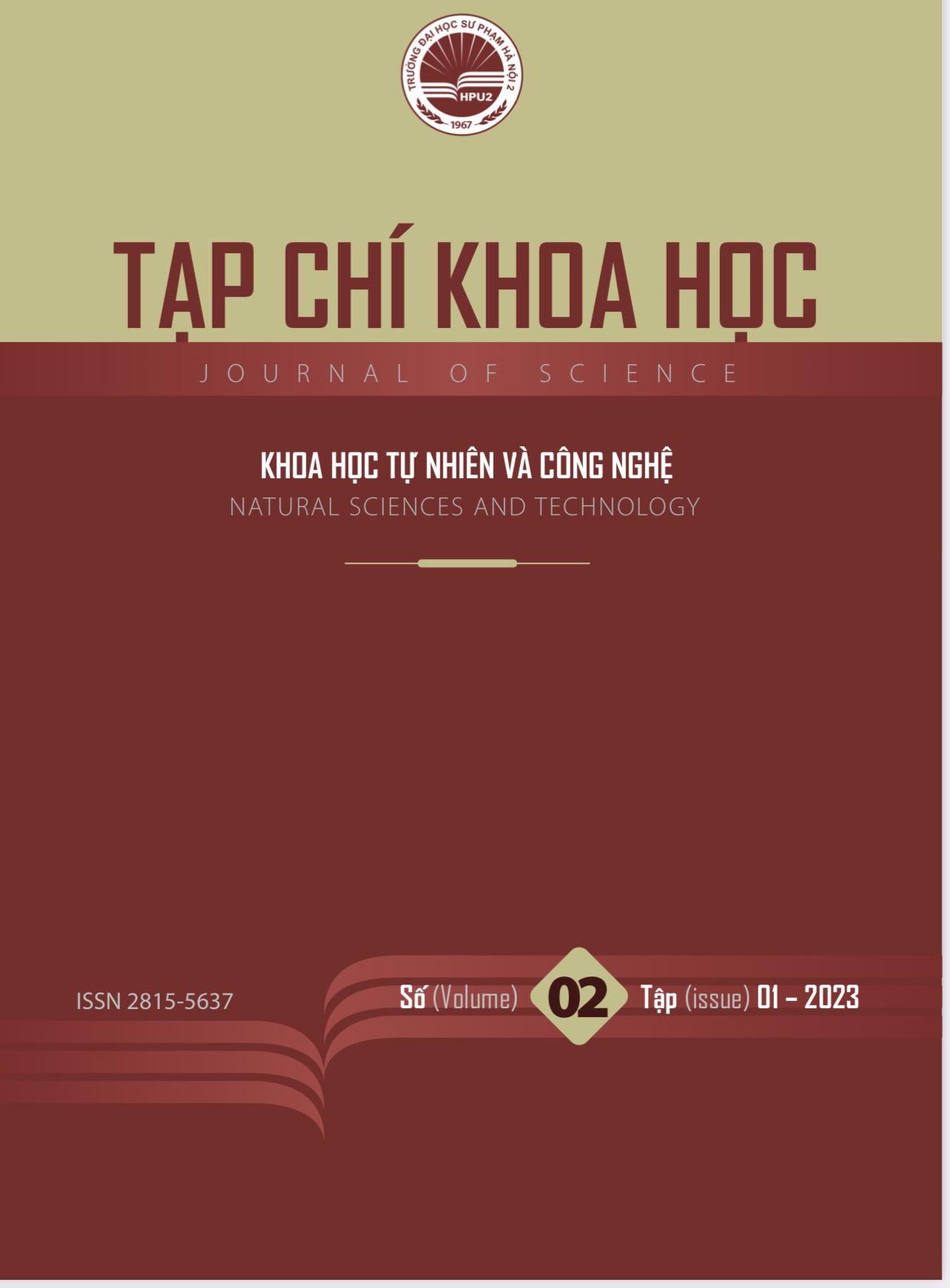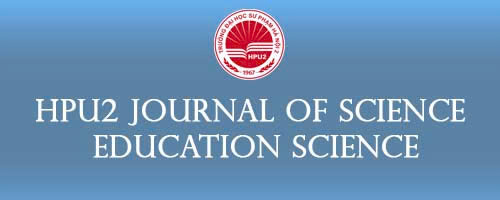Analytic formulas for (g-2)_{e, mu} anomalies and decays e_b to e_a gamma in a 3-3-1 model with inverse seesaw neutrinos
DOI:
https://doi.org/10.56764/hpu2.jos.2023.1.2.3-15Abstract
Analytic formulas for one-loop contributions to (g−2)e,µ anomalies and decays amplitudes are explicitly derived for the 3-3-1 model with inverse seesaw neutrinos (3-3-1ISS). Using these formulas to investigate defined as the discrepancies of (g−2)e,µ anomalies between the standard and the 3-3-1ISS models, our numerical investigations showed that can reach the maximal values of around 2.5 10-14 and 1.4 10-14 for normal and inverted order schemes of neutrino oscillation data, respectively. The analytic formulas derived in this work are very useful for estimating dominant contributions to in new extended versions of the 3-3-1-1ISS model explain successfully the experimental data of (g−2)e,µ.
References
. B. Abi et al., “Measurement of the Positive Muon Anomalous Magnetic Moment to 0.46 ppm”, Phys. Rev. Lett, vol 126, no.14, p. 141801, 2021, doi: 10.1103/PhysRevLett.126.141801.
. T. Aoyama et al., “The anomalous magnetic moment of the muon in the Standard Model”, Phys. Rept, vol 887, no 1, 2020, doi: 10.1016/j.physrep.2020.07.006.
. L. Morel, et al., “Determination of the fine-structure constant with an accuracy of 81 parts per trillion” Nature, vol 588, p.7836, 2020, doi: 10.1038/s41586-020-2964-7.
. A. M. Baldini et al., “Search for the Lepton Flavour Violating Decay μ→e γ with the Full Dataset of the MEG Experiment”, Eur. Phys. J. C, vol 76, no.8, p. 434, 2016, 10.48550/arXiv.1605.05081.
. B. Aubert et al., “Searches for Lepton Flavor Violation in the Decays τ → e γ and τ→ μ γ”, Phys. Rev. Lett., vol 104, p. 021802, 2010, doi: 10.1103/PhysRevLett.104.021802.
. L. T. Hue, H. T. Hung, N. T. Tham, H. N. Long and T. P. Nguyen, “Large (g−2)_μ and signals of decays e_b → e_a γ in a 3−3−1 model with inverse seesaw neutrinos”, Phys. Rev. D., vol 104, no August, p. 033007, 2021, doi: 10.1103/PhysRevD.104.033007.
. S. M. Boucenna, J. W. F. Valle, and A. Vicente, “Predicting charged lepton flavor violation from 3-3-1 gauge symmetry”, Phys.Rev. D., vol 92, no September, p. 053001, 2015, doi: 10.1103/PhysRevD.92.053001.
. T. P. Nguyen, T. T. Le, T. T. Hong and L. T. Hue, “Decay of standard model-like Higgs boson h → μ τ in a 3-3-1 model with inverse seesaw neutrino masses”, Phys. Rev. D., vol 97, no.7, p. 073003 2018, doi: 10.1103/PhysRevD.97.073003.
. D. Chang and H. N. Long, “Interesting radiative patterns of neutrino mass in an SU(3)_C ⊗ SU(3)_L ⊗ U(1)_X model with right-handed neutrinos”, Phys. Rev. D., vol 73, p. 053006, 2006, doi:10.1103/PhysRevD.73.053006.
. H. K. Dreiner, H. E. Haber and S. P. Martin, “Two-component spinor techniques and Feynman rules for quantum field theory and supersymmetry”, Phys. Rept., vol 494, no September, pp. 1-196 2010, doi: 10.1016/j.physrep.2010.05.002.
. L. Ninh and H. N. Long, “Standard-model-like Higgs boson production at the CERN LHC in 3-3-1 model with right-handed neutrinos”, Phys. Rev. D., vol 72, p. 075004, 2005, doi: 10.1103/PhysRevD.72.075004.
. A. Crivellin, M. Hoferichter and P. Schmidt-Wellenburg, “Combined explanations of (g − 2)_μ,e and implications for a large muon EDM”, Phys. Rev. D., vol 98, no.11, p. 113002, 2018.
. L. T. Hue, L. D. Ninh, T. T. Thuc and N. Dat, “Exact one-loop results for l_i→l_jγ in 3-3-1 models”, no.2, 128, Eur. Phys. J. C., vol 78, no 128, 2018, doi: 10.1140/epjc/s10052-018-5589-3.
. P. A. Zyla et al., “Review of Particle Physics”, PTEP, vol 2020, no.8, p. 083C01, 2020, doi: 10.1093/ptep/ptaa104.
Downloads
Published
How to Cite
Volume and Issue
Section
Copyright and License
Copyright (c) 2023 Journal of Science - HPU2

This work is licensed under a Creative Commons Attribution 4.0 International License.







